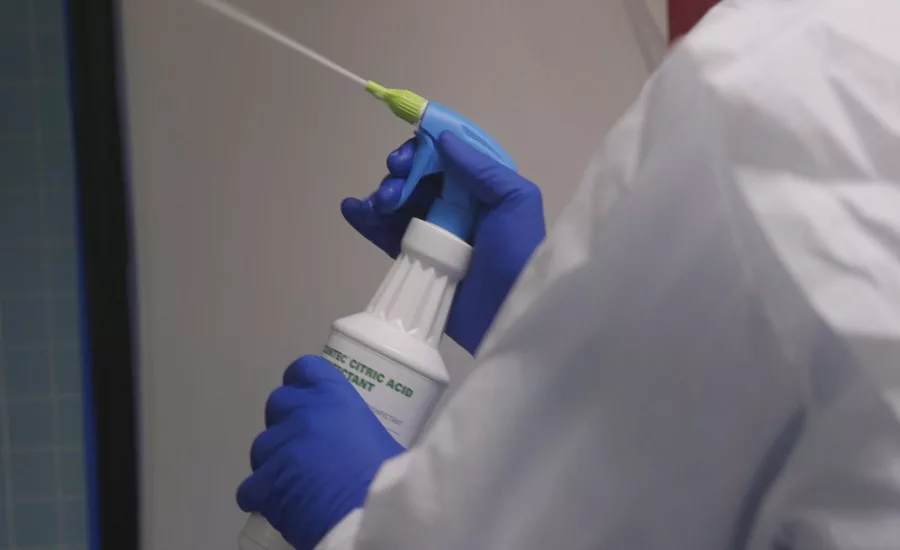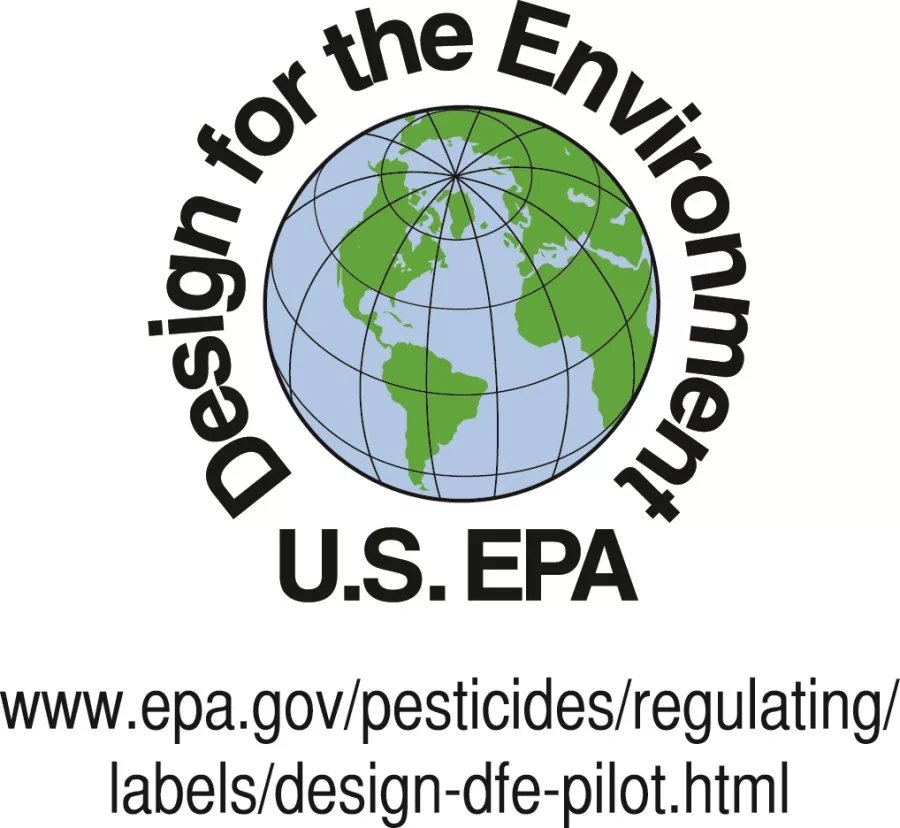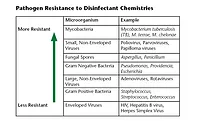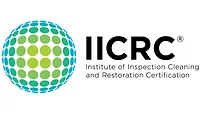Design for the Environment: the Federal Standard for Environmentally-Friendly Disinfectants


Ask 10 people what “green” or “eco-friendly” means and you’ll probably get 10 different answers. “Organic”, “Botanical”, “Family-friendly” and other terms are used by companies to evoke good feelings and to engender favor as potential customers make decisions about cleaning products and disinfectants. If you’re standing by a display of products or searching the web, how can you tell the difference between an effective marketing campaign and an objective rating of product performance and environmental impact?
Just as the federal government set standards for automobile crash safety to protect and inform consumers, the Environmental Protection Agency (EPA) set standards for defining and communicating the environmental impact of pesticides. Pesticides are what you and I might also refer to as a disinfectant, sanitizer, antimicrobial, etc. Known as the Design for the Environment (DfE) Antimicrobial Pesticide Pilot, this program was put in place by the EPA to provide labeling that enables consumers to find products that are more toward the green end of the pesticide spectrum.1
Products that display the DfE logo are not endorsed by the EPA, but have been thoroughly scrutinized and found to meet high standards for minimal environmental and potential user impact, as well as product reliability and consistency.
Since pesticides are designed and used to deactivate or kill human pathogens, the EPA believes that pesticides have the potential to pose hazards to human health or the environment.2 With that in mind, the EPA won’t designate a pesticide as “safe”, but the DfE program has made a considerable effort to define standards that consumers and applicators can count on.
So far, seven active ingredients have met the DfE standards for minimal environmental impact:
- Citric Acid
- Hydrogen Peroxide
- L-lactic Acid
- Ethanol
- Isopropanol
- Peroxyacetic Acid
- Sodium Bisulfate
The EPA does not review every product that has a DfE approved active ingredient. Manufacturers can voluntarily submit an application for each formulation they want to have considered for compliance with DfE standards.
Vetting Each Ingredient and Blend
When a product manufacturer wants to have their product assessed for compliance with DfE standards, they are required to provide the full list of ingredients, both active and inert. Chemical properties and the environmental impact of each ingredient are assessed individually, as well as in combination with other ingredients to ensure that chemical synergies don’t result in undesirable impact. Ingredients are diluted and assessed again to ensure that water does not mask any environmentally problematic issues.
Low Toxicity is a Must
Pesticides are assessed for pH and five means of acute exposure: oral, dermal and inhalation toxicity, as well as eye irritation and skin irritation. The EPA reviews the test results and assigns a Toxicity category rating:
I = Highest Toxicity Category
II = Moderate Toxicity Category
III = Low Toxicity Category
IV = Very Low Toxicity Category
Only pesticides with Toxicity Category IV or III ratings in all five types of acute exposure meet the DfE standard. Additional screening factors include a review for carcinogenic or endocrine disruptor properties, as well as developmental, reproductive, mutagenic or neurotoxicity issues. The presence of any of these harmful properties results in that formulation not being compliant with the standards represented by the DfE logo. 3
Very Thorough Background Check
Another aspect of the DfE vetting process is a thorough review of the product’s track record. Unresolved or unreasonable adverse effects will disqualify a product from making the DfE list, as will unresolved failures associated with the EPA’s Antimicrobial Testing Program (ATP) and unresolved compliance or enforcement actions. These screening measures help to assure a product’s consistency and ease of use for the desired effect.
For consumers interested in minimizing their impact on the environment, the presence of the DfE logo signifies that the antimicrobial inside the container meets strict standards for minimal environmental impact while performing consistently and without issue when used in a manner consistent with the label instructions. For applicators, the DfE logo signifies that the disinfectant that will be used in a customer’s home or office isn’t just on the greener end of the pesticide spectrum because the manufacturer says so, it actually meets federal standards and has been thoroughly reviewed by a regulatory agency. More objective, less smoke and mirrors.
References
1 DfE Pesticide Pilot https://www.epa.gov/pesticide-labels/design-environment-pesticide-pilot-moving-toward-green-end-pesticide-spectrum
2 DfE Antimicrobial Pesticide Pilot https://www.epa.gov/pesticide-labels/design-environment-antimicrobial-pesticide-pilot-project-moving-toward-green-end
3 40 CFR 156.62
Looking for a reprint of this article?
From high-res PDFs to custom plaques, order your copy today!







